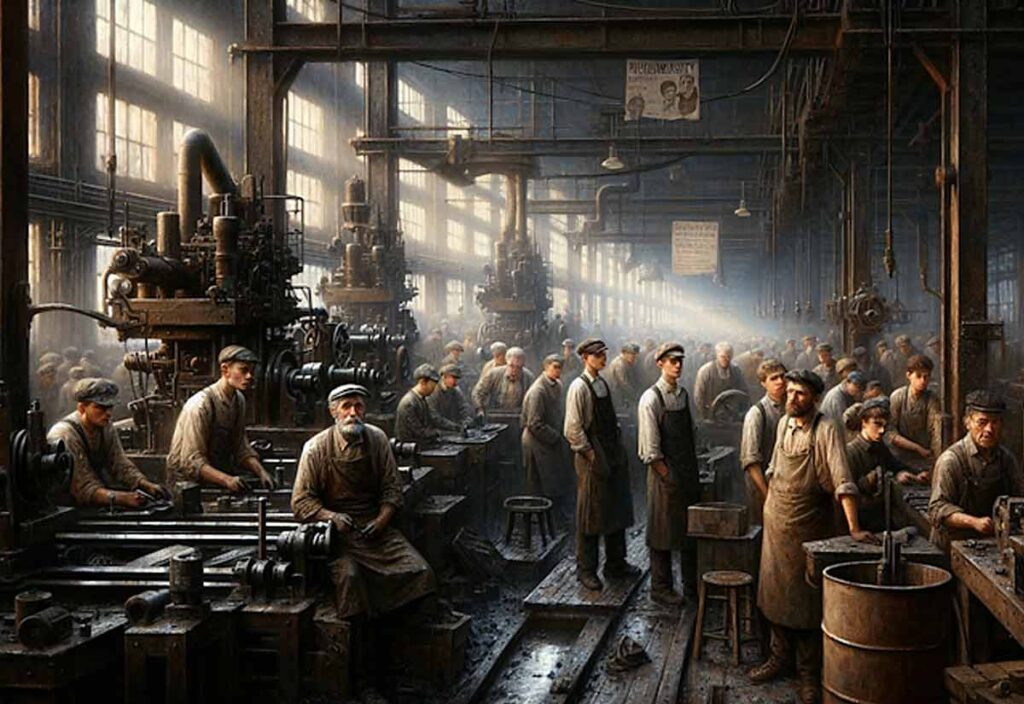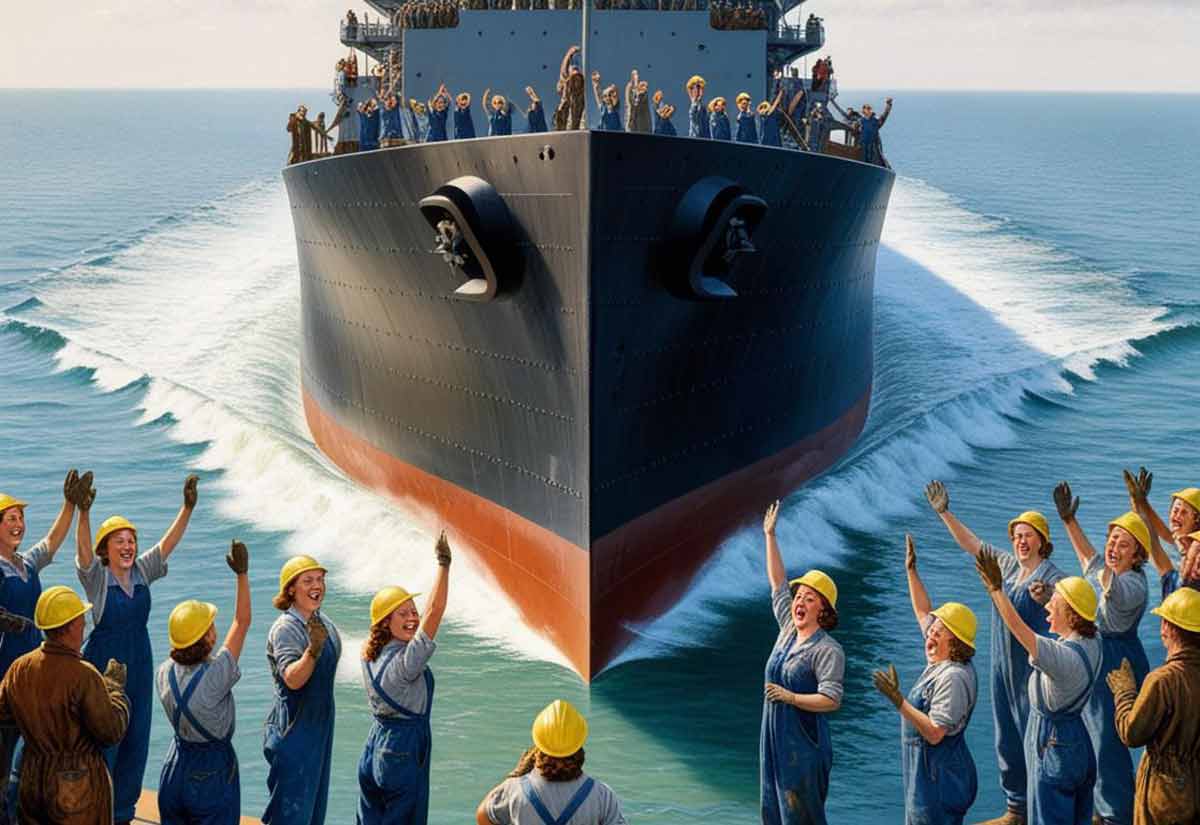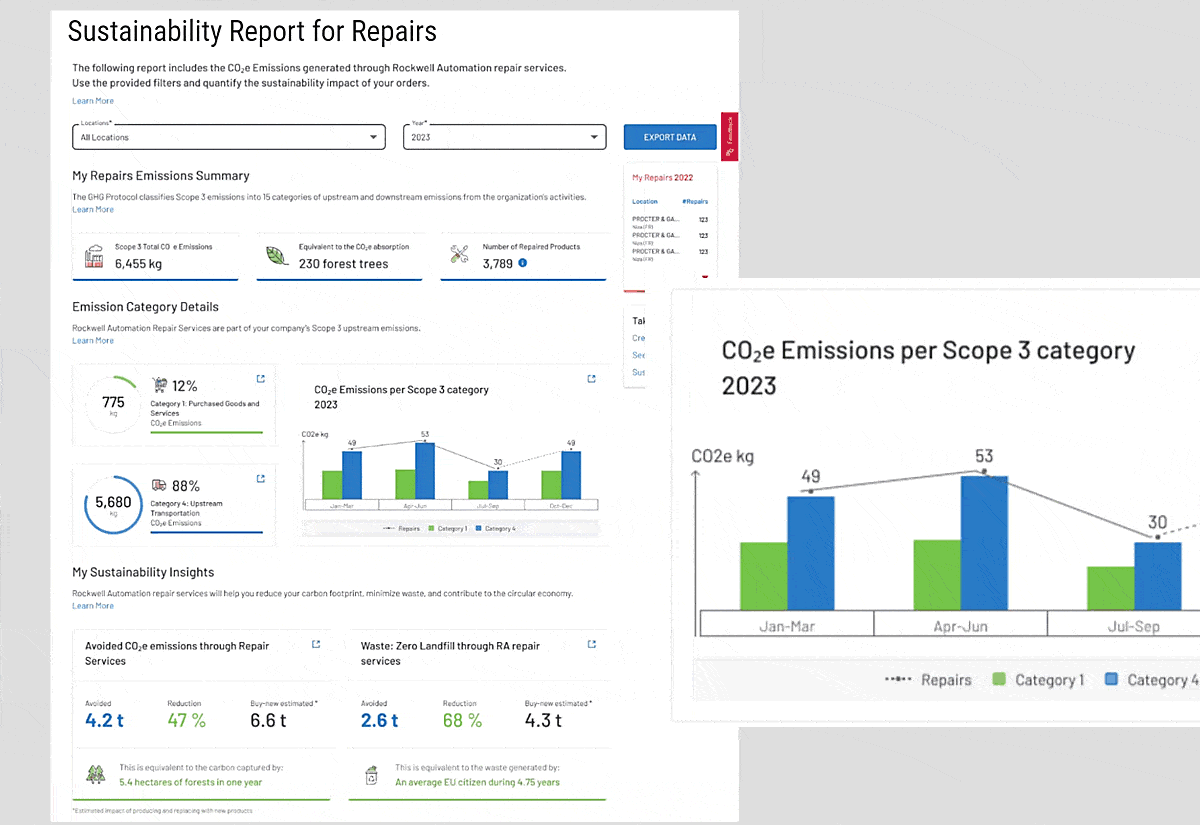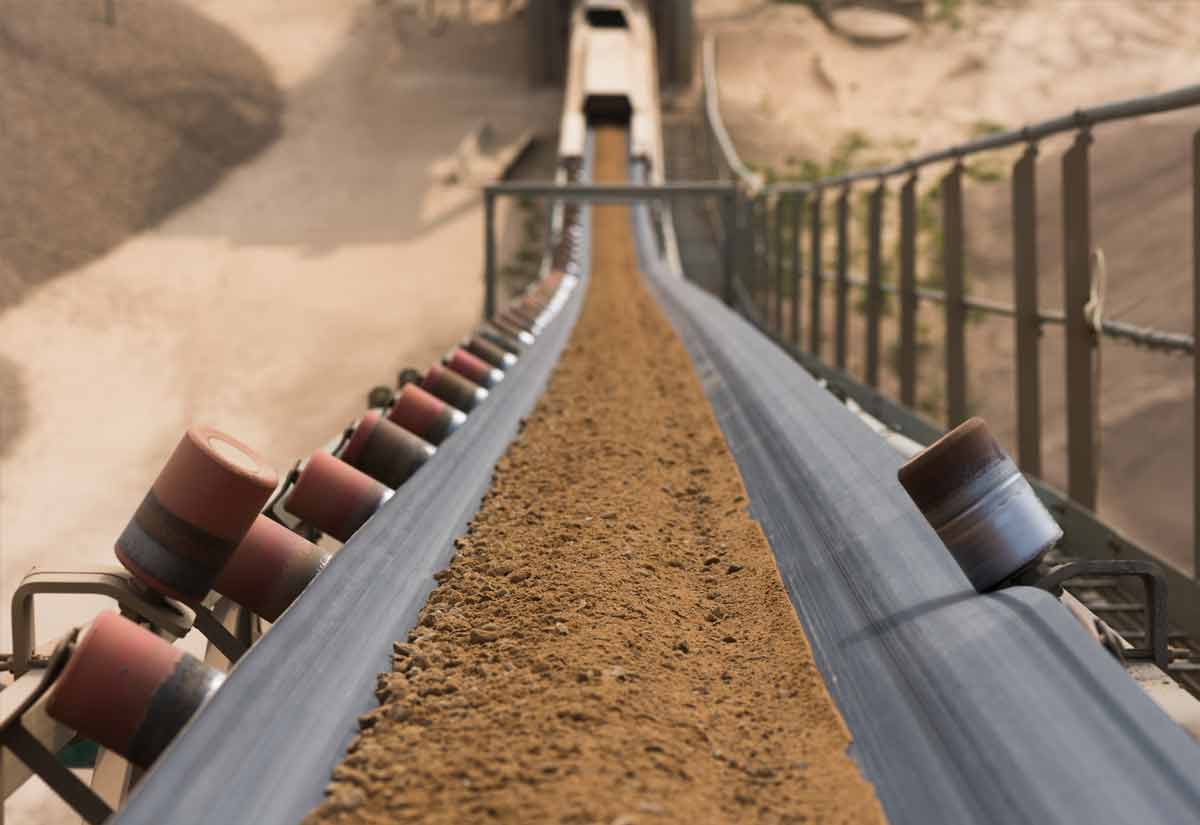By Resource Erectors CEO Dan Duszynski
Labor Day, celebrated annually on the first Monday of September, is a testament to the struggles and triumphs of American workers. This holiday, often seen as a marker of the end of summer, holds a deeper meaning: a celebration of the hard-won rights and the unwavering resilience of those who built our nation, inspiring us all.
Labor Day and the Industrial Revolution
To understand Labor Day, we must delve into the harsh realities of late 19th-century America, where the Industrial Revolution was in full swing. Imagine a world where working conditions were deplorable, safety was a luxury, and children as young as five toiled in factories for meager wages. The average worker endured 12-hour days, seven days a week, without fair treatment or any chance of respite.
This brutal reality spurred the rise of labor unions, groups of workers banding together to demand better conditions and fairer wages. Often facing staunch opposition from powerful employers, these organizations spearheaded strikes and rallies, calling for change and seeking recognition for their vital contributions.
A History Marked by Struggle and Sacrifice
The path to Labor Day was paved with tireless activism, often marred by conflict and even violence. The fight for workers’ rights was not a smooth journey. The inherent power imbalance between workers and employers often led to tense confrontations, culminating in events like the infamous Haymarket Riot of 1886. This tragic incident in Chicago, where several police officers and workers lost their lives, underscored the desperate realities of the time.
This courageous demonstration became a symbol of workforce solidarity, a testament to the collective spirit of workers demanding recognition and respect. These early struggles, marked by both violence and unity, paved the way for the eventual establishment of Labor Day as a national holiday, a tribute to the unwavering dedication of American workers.
The Haymarket Riot of 1886 was a tragic event that exposed the deep divisions between labor and capital. The riot highlighted the dangers of unchecked corporate power and the violence that could erupt when workers felt unheard. But it also fueled a national UJS movement for change.
New York City 1882: 10,000 Points of Hope for American Labor
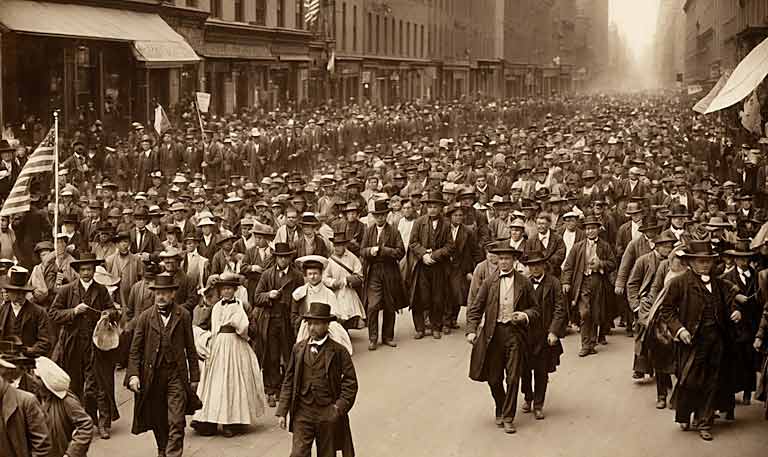
A beacon of hope emerged in 1882 when 10,000 workers marched from City Hall to Union Square in the first-ever Labor Day parade in New York City. This display of unity, a powerful testament to the strength of collective action, marked a turning point. It was a call for dignity, recognition, and respect for the labor that fueled our nation’s growth.
Just over a decade later, the Pullman Strike of 1894 further exemplified the fight for worker rights. The strike paralyzed railway traffic nationwide and ultimately led to congressional action. In 1894, Congress passed an act making Labor Day a legal holiday to appease the growing unrest and acknowledge American workers’ crucial role.
Today, Labor Day reminds us of American workers’ arduous journey. It honors their strength, courage, and unwavering spirit. It stands as a testament to the power of solidarity and the importance of our ongoing commitment to advocating for fair treatment and safe working conditions.
While Labor Day is a time for celebration, it also serves as a call to action. It reminds us to appreciate the work that underpins our American society and to continue pushing for progress, ensuring that all workers have access to fair treatment, safe environments, and a chance to thrive. It’s a day to reflect on our journey and the work that still lies ahead in ensuring that the legacy of Labor Day continues to inspire future generations.
Dan Duszynski, CEO, Resource Erectors, Labor Day 2024
